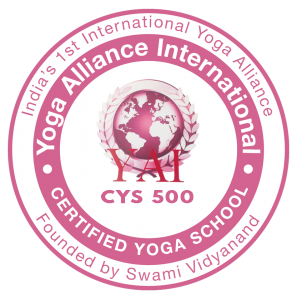Information


How to practice Hanumanasana and different variations of the posture.
Hanumanasana translating as Hanuman’s pose or monkey pose/side splits pose is a beautiful hip opening asana that energises the body and mind. It is quite anatomically complex because a lot is happening with the physical body in this posture. There is hip flexion and hip extension at the same time, which requires both flexibility and strength. The flexibility needed is for the back leg in the hip flexors and the front leg of the hip extensors. The front leg quadriceps need to be active and contracted so that the leg can remain in line with the hips and grounded. At the same time, the hips and pelvis need to be facing forward/squared and this requires flexibility of the spine as well as strength to maintain the spine upright.
Hanumanasana should be practiced with care so we don’t overwhelm the body. A gradual process into this posture is necessary, especially for those who are new to it.
It is important that the body is warmed up. It is useful to first practice Anjaneyasana (low lunge) and also Ardha Hanumanasana (half Hanuman’s posture) to prepare the body.
We can start using yoga blocks to ensure the body is supported, especially the front leg which requires great flexibility in the inner thighs, hamstrings and glutes. Therefore we can place a block under that thigh when we reach our edge, and this is different for everybody. Doing so, we minimise any extra stress on these muscles and can maintain the posture without putting pressure on the hip extensors. Two extra blocks are useful to have, on either side of the body to be placed under the hands so that we can maintain the balance and steadiness.
PHYSICAL BENEFITS:
Stretches and strengthens the leg muscles;
Opens the hips/increases flexibility in the hips;
Increases strength and flexibility of the spine;
Stimulates the digestive organs and the reproductive organs also.
EFFECTS ON THE MIND:
Can relieve symptoms of stress and anxiety;
Grounds the mind but gives an energising, cleansing effect.
CHAKRAS:
It activates Swadisthana, the sacral chakra, which is out energy centre of pleasure and experiencing joy, creativity, sensuality and the connection with the feminine energy.
It also has a grounding and balancing effect which can stimulate apana prana also and Muladhara, the root chakra.
VARIATIONS:
Variation 1:
Using yoga blocks

Variation 2:
Arms extended above the head

Variation 3:
With forward fold

Variation 4:
Mermaid variation

Variation 5:
Extended Hanumanasana
